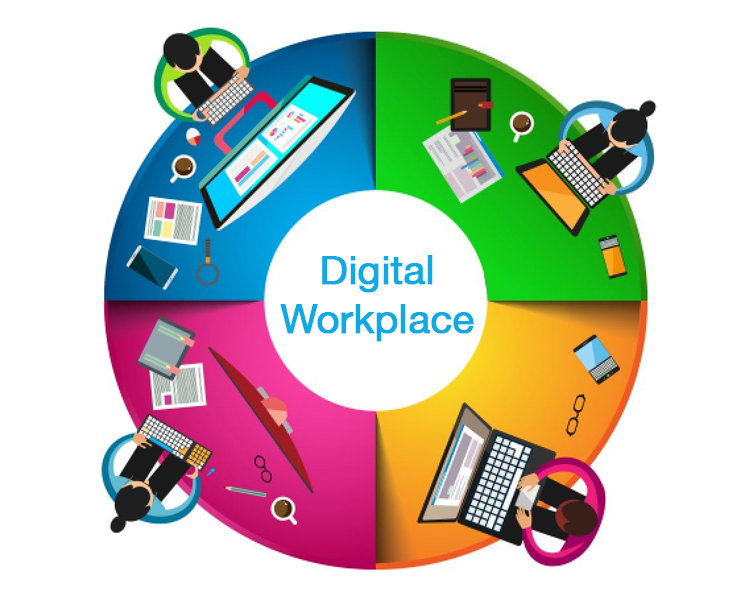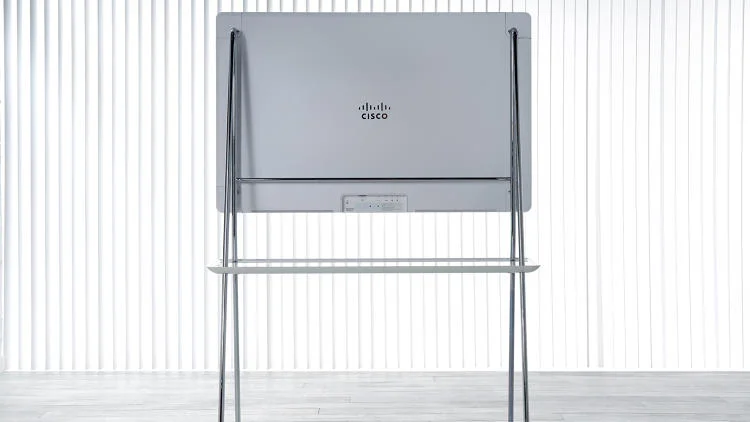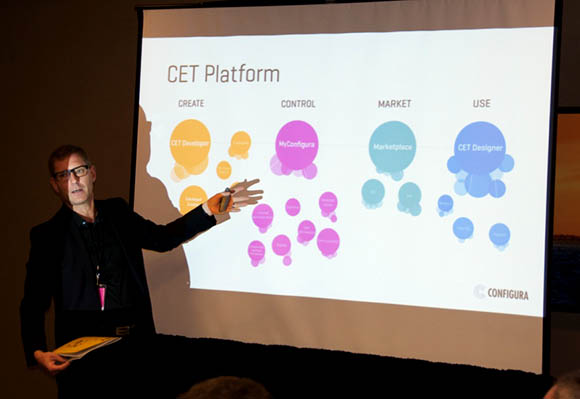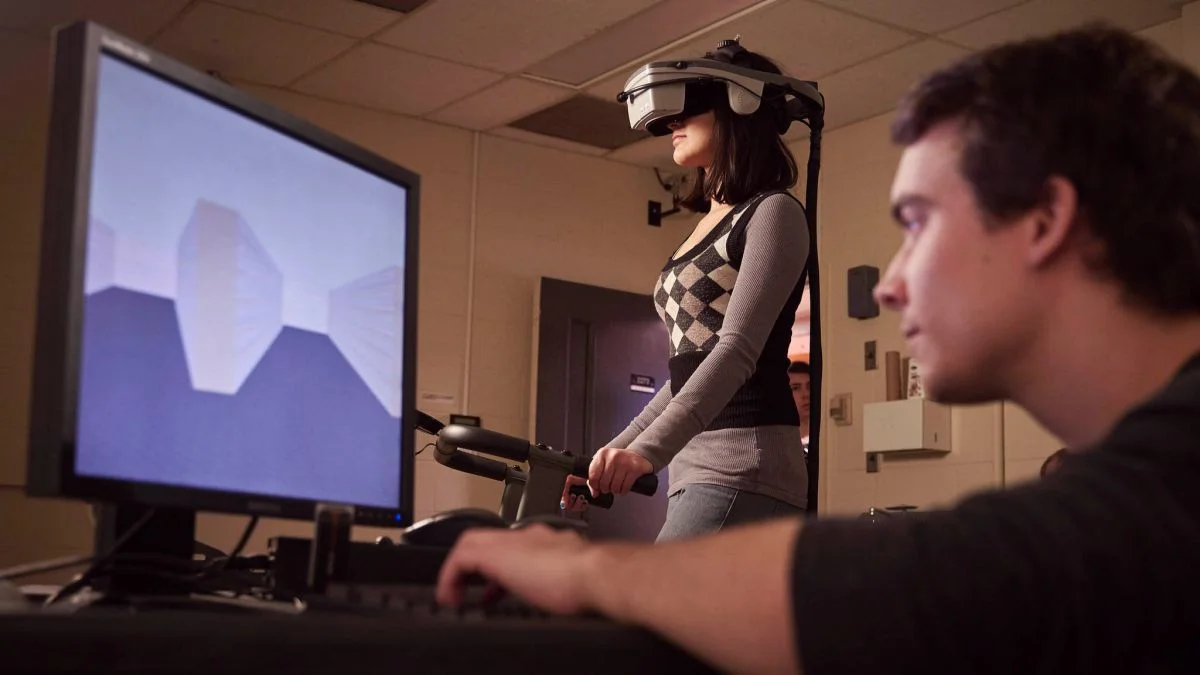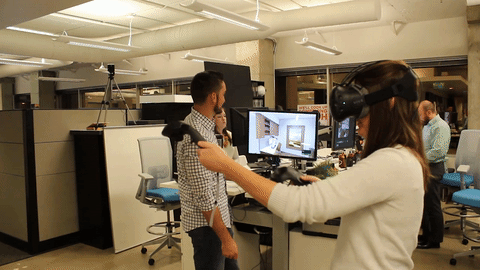Workers across the globe are excited by the potential for technology to enhance their work lives and create new career opportunities, but over a third (40 percent) fear that they won’t be able to keep up with the rate of change required by digital business, claims a new survey. Across Europe 77 percent of workers acknowledge that disruption and increased competition will require more people with digital skills in order to compete on a global scale; however, the level of encouragement employees believe they are currently receiving to drive change in the workplace varies greatly throughout the world. Only 64 percent of respondents in the US saying they feel empowered by their company culture to lead innovation, whereas 90 percent of employees in Mexico feel their workplaces encourages them to drive change. The BMC study of over 3,200 office workers in 12 countries worldwide found that 88 percent of office workers across the world strongly believe that employers must create an innovative culture to retain staff and enable them to be successful with increasingly digital roles and responsibilities.
Cisco's Affordable Spark Board Wants To Change How You Conduct Meetings
If there’s one point of agreement that can unite workers across different industries, age groups, and countries, it’s this: Meetings suck. Today, Cisco is attempting to change that with a new product called the Spark Board, a $4,990 digital whiteboard and video conferencing system that aims to take some of pain out of teamwork, at a price point that will put it within reach of lots of companies.
Cisco, which is currently the market leader in enterprise collaboration products, earns $5 billion in annual revenue from its existing video-conferencing systems, telephones, and web conferencing and chat products. Its hardware, and products that compete with it, are a big business, but they also come with imposing price tags. It's possible to spend tens of thousands of dollars equipping a room with Cisco video-conferencing equipment; even Microsoft's Surface Hub—itself designed to undercut the cost conventional big-company video conferencing systems—starts at around $9,000. (Google plans to release its own smart whiteboard, the Jamboard, later this year for "under $6,000.")
Configura announces partnership with Open Systems Technologies - the two global firms expand capabilities
Configura, maker of CET Designer space-planning software, has formed a collaboration agreement with Open Systems Technologies (OST) that will increase opportunities for more CET Designer Extensions around the globe.
OST, is a technology firm with more than 225 employees worldwide headquartered in Grand Rapids, Michigan, signed a collaboration agreement with Configura in 2016, becoming a formal implementation partner with the Sweden-based company. OST Configura Services, now with six employees and two contractors working full time, offers design, development and support for companies using Configura's software.
The mind’s eye: Five thoughts on cognitive neuroscience and designing spaces
Research in Cognitive Neuroscience on the built environment may change the way we see how people relate to the built environment. It may even change how we design.
In architecture, we often talk about designing for healing and learning, but what does this really mean for the people who use the spaces we create? We have great intentions for our designs, but beyond our years of professional experience, how do we know that a space is going to be experienced in the way we desire? Do we have the tools and metrics to back up our assertions about how our spaces will be used, and how they will be experienced?
WATCH: New gadget aims to deal with office acoustics at source
Last year we ran a piece which looked at some of the outlandish ways designers have offered people the chance to get some peace and quiet at work. The extremes people will consider as they deal with the challenge of office acoustics is enlightening. All of those examples relied on the principle of keeping at least some of the racket produced by colleagues from entering the ear. But a new prototype product launched at this week’s Consumer Electronics Show in Las Vegas frames the issue differently by going back to source. The Hushme is a voice masking device for mobile phones. It has integrated earbuds and comes with a range of masking sounds such as wind, rain, monkey, Darth Vader and squirrel. You have to wonder who it’s aimed at but the makers suggest it is all about privacy. Then again, it may make an ideal gift for some and could be popular for this year’s Secret Santas.
HOW TO USE 3D TECHNOLOGY TO GET THE MOST FROM YOUR FACILITIES TEAM
Facility managers are often brought into the planning and design phases of a construction project far too late, if at all. Yet, these are the people responsible for integrating the maintenance of the facility itself with the processes and people within it. They understand how the space will need to function, the rigors of routine maintenance, who will use the space, how it will be used, and the implications of design decisions.
Facility managers must be viewed as key decision makers at the outset of a construction project. What can support this need? Technology that helps communicate design plans to stakeholders, with the hard numbers and data necessary to achieve buy-in at the top level.
Three Augmented and Virtual Reality Apps for Design and Construction
Walking clients through a project can be tedious, particularly if the work is still ongoing. Architects have long relied on paper, physical models, field visits, and, more recently, digital tools to convey progress on a project. Earlier this year, Autodesk announced plans to make 3D models created in a selection of its software programs compatible with Microsoft's HoloLens augmented reality (AR) technology. The company is not alone. Software developers in the AEC space are evolving digital modeling with the development of AR and virtual reality (VR) platforms that allow project teams to use mobile phones, tablets, and headsets to immerse themselves and their clients in their forthcoming buildings.
WHEN BUILDINGS INTERACT SEAMLESSLY WITH OCCUPANTS, EVERYONE WINS
The workplace is undergoing profound transformations. Almost everything that was traditionally associated with “work” – desks, hierarchies, water coolers, 9-to-5 hours, and the office itself — is quickly dissolving. The mobile, creative, empowered workforce has a high demand for environments and experiences. In response, many businesses have transitioned to open offices, hot-desks, and on-demand amenities which can be dynamic… or chaotic. In some cases, corporations have reported that over one third of employee time is spent searching for colleagues. At scale, this is crippling inefficiency — and it all comes back to physical space of offices.
Financial Sector Shifts that Have Impacted Workplace Design
A confluence of factors, including the Financial Crisis of 2008 and the Digital Revolution, have undeniably reinvented the financial market. FinTech—a portmanteau for financial technologies—continues to mature as startups and the technology groups of financial service firms serve as models for companies with digital transitions still underway.
FinTech most often refers to a variety of technological interventions within the financial sector as fiduciary institutions increasingly focus on technology and digital means for services and products. FinTech includes established institutions that adopt new technologies, as well as startups attempting to disrupt or compete with financial incumbents. This kind of competition and disruptive innovation alters the way companies do business and negatively impacts those unwilling to adapt to the use of new business models and processes.
Catching Ghosts
Recently, at IDEO London, we’ve started to think more creatively about how to collect and use data for research during the design process. It’s easy to track user behavior when we work on digital design projects; the tools are built in. But what if we had those capabilities outside the digital space? On a recent project, design researcher Jenny Winfield and interaction designer Miha Feus found a way to collect user data in a physical/digital prototype, by using sensors to evaluate a redesigned hotel workspace for Crowne Plaza hotels. Here’s a little bit about how they did it, and how approaches like this one could change the future of design research.
Configura’s collaboration with Yulio lowers VR cost for interior designers to a $15 headset – or less
Sweden-based Configura announced a collaboration with Toronto-based Yulio to bring a mobile virtual reality experience to thousands of interior designers and customers around the globe for the cost of a $15 VR headset – or less.
Yulio is a DIY virtual reality platform for those in the business of designing spaces. The technology makes an immersive, panoramic design experience as easy as hitting a button to send VR designs directly to clients’ smartphones or other devices for viewing. Livestream conferencing lets designers walk and talk clients through their designs.
WHAT’S YOUR REALITY? A VR PRIMER
Virtual reality (or VR) has been all over the news lately. Parents with teenagers might think VR is only affecting the gaming world, but they would be surprised to learn that VR is about to disrupt the architecture, engineering, and construction (AEC) spheres, transforming the process by which we design and build buildings. Getting familiar with VR is the first step. In a world with many plays on ‘-reality’ (in addition to VR, there’s AR and MR just for starters) what do they all mean and how best can they be deployed?
Technology: The platform for diversification by Mogens Smed
The last 10 years have brought us to the verge of the fourth Industrial Revolution. The first was machine-driven, the second brought production lines, the third — which some are still catching up to — is the digital revolution, and now we build on the digital, where boundaries between the physical and digital merge, leading to new realities like mass-customization. We are entering the ‘age of exponential growth,’ and it’s all driven by technology.
In the fourth Industrial Revolution, all manufacturers will be run more like social media, where the user is in charge. Manufacturers will give their clients the tools to run their facilities and price their products. Mass customization will be the norm. Offshoring for lower labour costs and materials will be a thing of the past — all thanks to technology, which is improving so quickly, its only downside is that it feels impossible to keep up with.
How technology is turning buildings into butlers
You enter your office and check your phone. An app displays your day’s schedule and prompts you to reserve a room for your next meeting.
When you settle down to work, the smart building controls automatically adjust the lighting and temperature just for you, and even plays your most productivity-enhancing background music. Morning coffee? The office espresso machine knows you prefer a double.
Sound a bit too futuristic? Maybe in the average office in 2016—but technologies like these are already in use at The Edge in Amsterdam, largely occupied by Deloitte. And other workplaces could be following suit in the not-too-distant future.
A Pioneer of the Open Office Helps Ford Rethink the Car
Ford Motor Co. is looking to reimagine the way people get from point A to point B. It has turned to an unusual pick to lead the charge: Jim Hackett, former chief executive at office-furniture maker Steelcase Inc.
Mr. Hackett chairs Ford Smart Mobility LLC, a subsidiary formed in March to explore new ventures in ride hailing, car sharing and self-driving vehicles. One of several auto-industry outsiders recruited by Ford CEO Mark Fields, Mr. Hackett is expected to help rethink the ways Ford’s cars connect with the outside world as well as the company’s role in the future of transportation. Also on his list: figuring out how to make money at it, too.
Least we forget, as interim athletic director for the University of Michigan, Mr. Hackett famously recruited NFL coach Jim Harbaugh to lead Michigan’s football program. And as of today, it's been 1832 days, or 43989 hours or 2639385 minutes since Michigan (and now Harbaugh) has beaten The Ohio State University in football.
Long a Novelty, Gigantic Tablets Are Sneaking Into the Workplace
When Fox News introduced gigantic touch-screen tablets in its newsroom in 2013, they became objects of derision. Today, the move looks oddly prescient.
Gigantic touch-screen devices are sneaking into business, both as tools for customers and to get serious work done. No one has named them yet, so I’ll suggest three: Gigantopad. Megatablet. Ginormablet.
The devices—anything bigger than 13 inches, the size of an iPad Pro—are interesting for several reasons. First is the diversity of their uses, from the bowels of cruise ships to your local McDonald’s . The second is that, unlike tablets and other mobile touch-screen devices, no one owns this category yet.
Getting the workplace ready for the technology revolution
Advances in computer power, the explosion in smartphones and faster and near ubiquitous connectivity is connecting more devices and more people to the Internet. All of this is resulting in an explosion of data, which gives businesses unparalleled insight into their customers, powering machine learning and artificial intelligence.
Workspace 4.0 – A revolution in the workplace
Desk, computer, telephone – the classic office workstation is gathering a thick layer of dust. Working in the age of the fourth industrial revolution means having numerous devices, various applications and several data sources that can be accessed through different identities anytime, anywhere via the cloud. There is demand for new concepts that can cope with the growing variety of devices, whilst increasing productivity and motivation among employees at the same time. The future belongs to the “one workspace” concept.
The Wearable Foreseeable Future of the Workplace
As augmented reality and virtual reality technology advance, AR and VR headsets are, or will soon be, entering the workplace.
Enterprises are scrambling to establish a competitive edge through the use of these glasses, goggles, and phone carriers, and pilots are rolling out globally in factories, construction sites, hospitals, and offices.
There are two major takeaways from these early pilots. First, employees critically value the comfort and wearability of headsets. If they’re too heavy, too hot, or an impediment to the user’s normal behavior, users simply will not use them. Second, user interaction with the headsets through head motion, hand gestures, and voice is inadequate.
So how about the eyes? Up until now, the only methods of interacting with information or controlling objects with your eyes was based on staring and waiting (dwelling) or winking or blinking to emulate a “mouse click.”
But a new interaction model has been developed — based on the biomechanics of the eye and the eye-brain connections — that enables virtually instantaneous interaction simply by looking.
Microsoft brings back the traveling salesman with new WeWork partnership
WeWork has long been a place for small startups and solo entrepreneurs to grab a desk and get to work, all with the flexibility of month-to-month payment. But today has signed on a rather huge client in the form of Microsoft.
WeWork and Microsoft are starting the “City as a Campus” partnership, which gives 300 of MSFT’s global sales and marketing team total access to all of WeWork’s Manhattan locations, communities and services.
This is interesting considering that Microsoft has a New York office, out of which its sales team could work.
The idea here is that sales people, in particular, work and sell in a very mobile way, taking numerous client meetings across the city in a single day. Microsoft’s GM of Office Marketing Matt Donovan believes that this will increase productivity and efficiency in the Global sales and marketing team, letting them touch down in any of WeWork’s locations to get some work done in between meetings.






